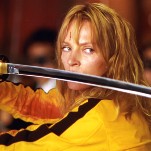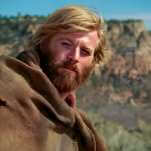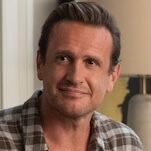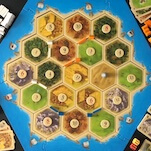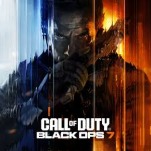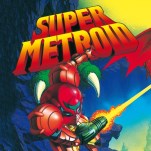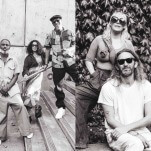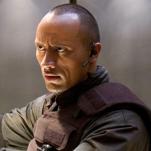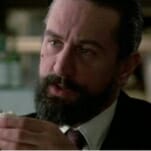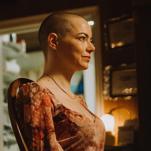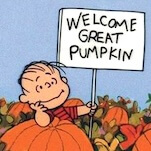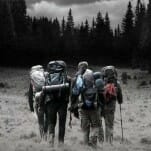The Movement Beyond Media Representation: An Online Docuseries Shows us Why Visibility is Not Enough
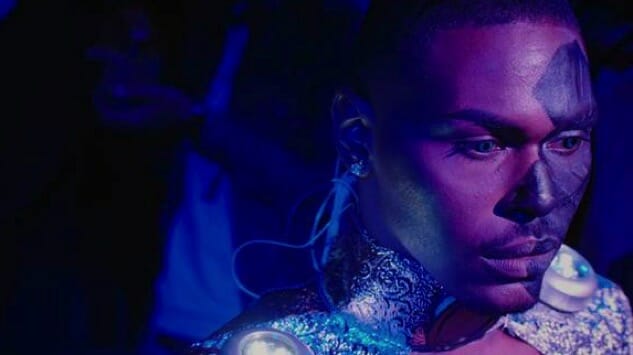
If you want to make a human being into a monster, deny them, at the cultural level, any reflection of themselves. —Junot Díaz
The public conversation about media representations of marginalized people has been ongoing for as long as I can remember. If underrepresented folks are not decrying the terrible and ceaseless failures at achieving adequate diversity behind and in front of the camera, we are lauding limited successes and celebrating those finally breaking through glass ceilings in their artistic fields. 2016 has already been both the year of one of Hollywood’s whitest major awards shows as well as the racial “revolution” that is one of Broadway’s biggest hits.
This is also the year that Mic News premiered its groundbreaking internet docuseries, The Movement, which professes to be “about—and for—the invisible heroes making a difference” within their communities. Boasting the youthful energy of the hyper-connected world with echoes of Vice, the series, hosted by activist, writer, and Mic Senior Correspondent Darnell L. Moore, goes out of its way to highlight the stories of marginalized people we probably would have never heard about otherwise; from an Indigenous chef working to reclaim native food histories outside of “oppression food” in the Bois Forte reservation in Minnesota, to a coach running a small boxing facility for young people who’ve declared that he saves lives in Detroit, Michigan. These are not your typical documentary subjects, and The Movement embraces them as being anything but.
Media representation of marginalized people is important for so many thoroughly explored reasons. Often lost, though, is a true interrogation of what it means to be “seen” and who is the unspecified person doing the seeing we so desperately need. Diaz’ sentiment as expressed in the epigraph has been echoed in various iterations by countless different people to emphasize the very real significance of everyone having the opportunity to witness themselves in society. But there’s a question we often fail to ask: denying a person a reflection may turn them into a monster, but in the eyes of whom? And, if a person’s kin are all around him, what does it take to convince a person that his sister isn’t a reflection of himself?
The Movement is one valiant response to these questions. Many of the people we follow on the show, who admit to violent and criminal pasts—like the outreach counselors for at-risk youth in episode one (and especially Lamar Noble, to whom we are introduced while he is still in the midst of fighting serious charges for drug possession and resisting arrest—do not generally have light shed upon them by the media. And when they do, it’s certainly not in a positive way. In The Movement, they are heroes. More importantly, we are reminded that, in their families and communities they have always been heroes, without a camera to tell everyone else of their heroics.
The importance of this perspective should not be understated. It begs us to consider whether the problem isn’t just that marginalized people aren’t represented, but that the only representations that we allow to matter are those recognized by a wider society. And indeed, it is in those moments when it seems to try to speak to that amorphous larger community that The Movement loses its footing and power. In “This Is What Can Happen When Black Teens Are Allowed to Lead in US Cities,” we are introduced to Steve Olson, a police lieutenant who works with an organization called the Inner Harbor Project alongside community activists to tackle issues of policing in Baltimore, Maryland—the site of Freddie Gray’s death and subsequent violent protests. Olson explains to us how black inner-city children were often referred to as “those kids” to him—kids whom he should be wary of—and we watch as he tells his story of overcoming this conditioning.
-

-

-

-

- Curated Home Page Articles By Test Admin October 21, 2025 | 3:10pm
-

- Curated Home Page Articles By Test Admin October 21, 2025 | 2:57pm
- Urls By Test Admin October 21, 2025 | 2:57pm
- Curated Home Page Articles By Test Admin October 21, 2025 | 2:55pm
-

-

-

-

-

-

-

-

-

-

-

-

-

-

-

-

-

-

-

-

-

-

-

-

-

-

-

-

-

-

-

